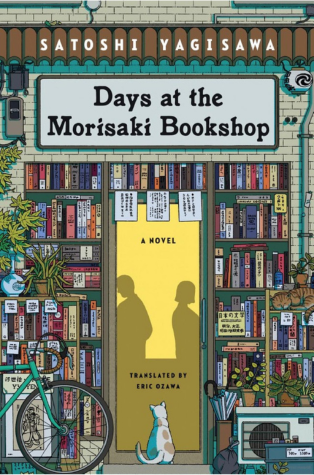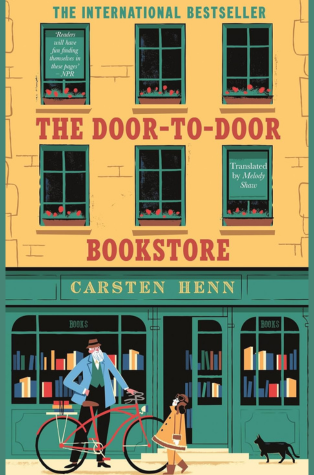Description
“I don’t think it really matters whether you know a lot about books or not. That said, I don’t know that much myself. But I think what matters far more with a book is how it affects you.”
What a delightfully beautiful book “Days at the Morisaki Bookshop” is! Once again, Japanese authors have proven to be excellent storytellers. The author, Satoshi Yagisawa, has painted a relatable picture of the Jimbocho neighborhood in Tokyo and all the characters involved in the novel.
When Takako, a 25-year-old woman, learns from her boyfriend that he is marrying another woman whom he has been dating for years, her world is turned upside down. Being a shy, docile girl, Takako goes through her heartbreak quietly knowing that she will have to see her boyfriend and his fiancé at the office every day. After a month when she can take it no more, she hands over the resignation and decides to move away from the traumatic events of her life.
Still reeling from her life’s turn of events of having lost the love of her life and the job together, she goes into a slump, when one night she receives a call from her Uncle Satoru that changes her life completely.
Satoru Morisaki owns a 2-storeyed second-hand bookshop. In a quiet nook of an old-fashioned wooden building, the shop is brimming with innumerable used books.
Her uncle urges her to start a new chapter in her life by offering her a place to live at his bookshop and a job there if she is interested. Takako reluctantly decides to stay at the Morisaki bookshop. Her uncle offers her a small room on the 2nd floor which is overflowing with books.
Takako recollects that she used to come to the Morisaki bookshop all the time as a child. She was a bookworm, completely absorbed in her books for hours on end, unaware of the world outside.
One day, she accidentally picks up a used book and starts reading. As she finishes it, she remembers the incredible feeling of experiencing the lives of multiple characters, traveling to different locations without moving an inch, and feeling a deep connection with another reader of the book.
“Another time, I happened to find a pressed flower someone had left as a bookmark. As I inhaled the scent of the long-ago faded flower, I wondered about the person who had put it there. Who in the world was she? When did she live? What was she feeling? It’s only in secondhand books that you can savor encounters like this, connections that transcend time. And that’s how I learned to love the secondhand bookstore that handled these books, our Morisaki Bookshop. I realized how precious a chance I’d been given, to be a part of that little place, where you can feel the quiet flow of time.”
Slowly, Takako becomes comfortable in the town, a regular at the cafés, starts working part-time at the bookshop, and becomes an avid reader again by reinventing her love for books. She also shares a special bond with her uncle who helps her to get out of her heartache by forcing her to confront her boyfriend about his unfair and selfish behavior. She makes new friends, gets a new job, and inch by inch rebuilds her whole life.
What happens next in the novel is a beautiful depiction of unusual family bonds, human relationships, and finding new possibilities.
Although Takako had not spoken to her uncle for over a decade, she decided to go with the flow to stay at the Morisaki bookshop. For every decision she makes, life teaches her a new lesson; every person she meets, there is a newfound bond; every book she reads, there is a takeaway useful for her life.
The author has intricately designed the theme of the book around new beginnings, trust, romance, and relationships. The book is narrated in the first person, from Takako’s point of view. The characters are few yet strong with an adequate amount of importance given to each one. The atmosphere and writing style of the author are friendly, easy, and have a homely feel to them. While the story may lack surprise or sudden twists, the book as a whole is a delightful read, filled with numerous relatable moments that will truly warm your heart.
“It’s important to stand still sometimes. Think of it as a little rest in the long journey of your life. This is your harbor. And your boat is just dropping anchor here for a little while. And after you’re well rested, you can set sail again.”
The author has provided references to various books from Japanese literature throughout the book. The Jimbocho neighborhood mentioned in the book is renowned for being the largest area of used bookstores and publishing houses in the world. With over 150–200 bookshops lining the district’s streets, each bookstore offers its unique specialty of books.
Reading ‘Days at the Morisaki Bookshop’ is as soothing as sipping hot cocoa on a winter night, while snuggled up in a cozy blanket.
“I wanted to see the whole world for myself. I wanted to see the whole range of possibilities. Your life is yours. It doesn’t belong to anyone else. I wanted to know what it would mean to live life on my own terms.”







Reviews
There are no reviews yet.